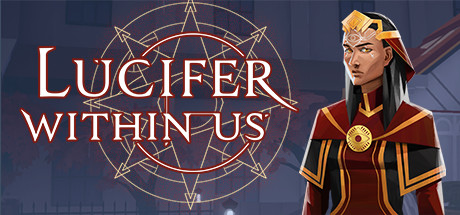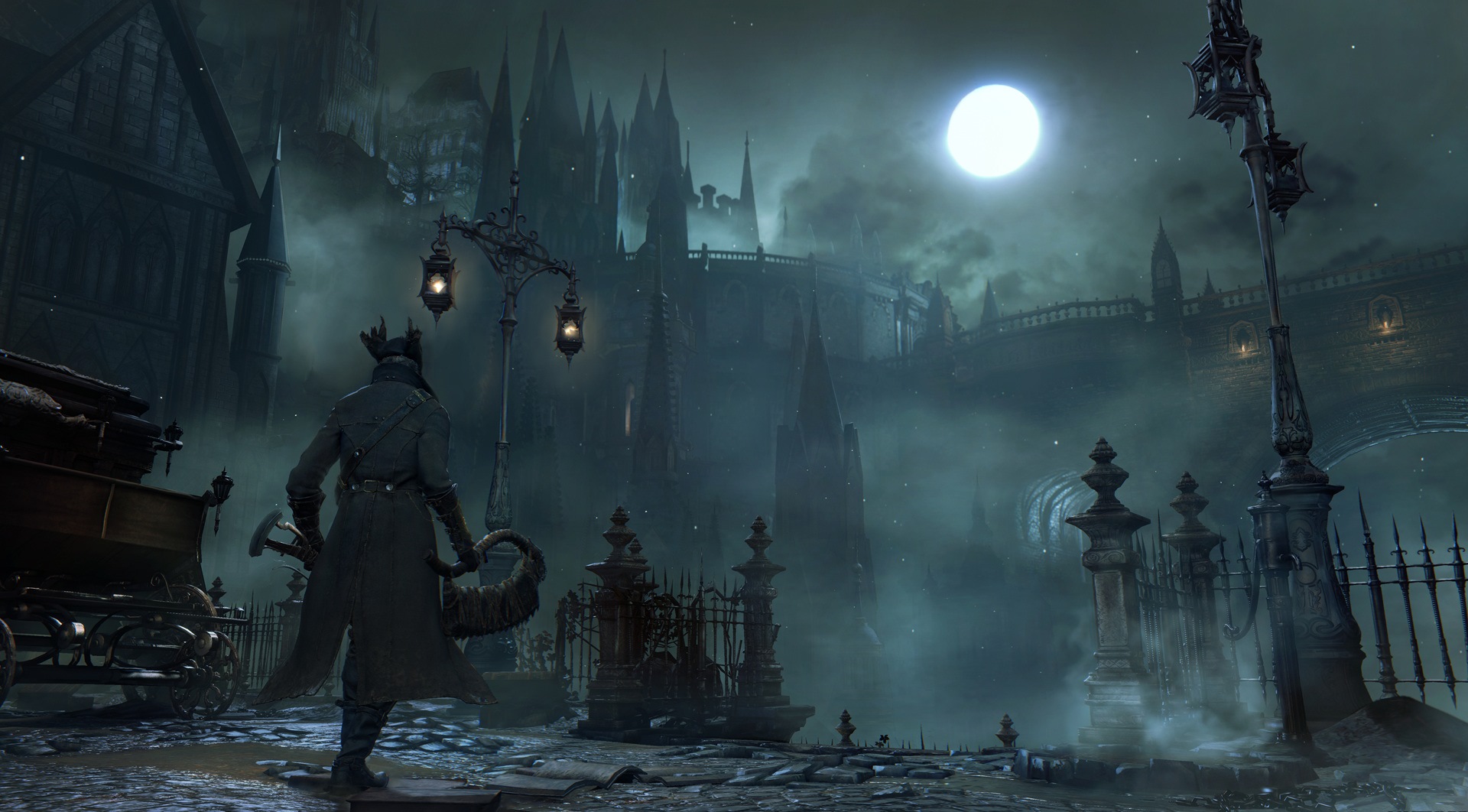Each day for the next 3 days, I’ll be recapping my PAX Unplugged experience.
I’m writing this while chilling in my hotel room on Saturday. I’m also writing it on my phone, so I’m gonna blame that for any problems or text issues, as opposed to my own ability.
Ed Note: Now I’m editing it on my computer post con, so uh, that excuse doesn’t work anymore.
Friday started off with a bit of a struggle to get into the building, but once I was in, lines were quick and easy. PAX Unplugged is enforcing masks and a vaccine check this year, so you have to get a little black wristband to enter. I haven’t seen any issues or folks being jerks about masks, so hopefully this signals some sort of path forward for big conventions. Realistically, we’ll want to wait a few weeks to make sure a NYCC doesn’t happen here.
Okay, so games. I started off by playing Robot Quest Arena by Wise Wizard. It’s a neat 2-4 player arena combat deck builder. It’s not out just yet, and while a few of the interactions were a bit hard to remember, I enjoyed it. Trying to edit links on Mobile sucks, so here’s the Kickstarter page. The short version is that you build up your deck while also moving a little robot around on a grid, and scoring victory points primarily by damaging and knocking out other bots. One big thing I enjoyed is that the game doesn’t ever eliminate players. Instead, when you get knocked out, you just come back in right at the start of your next turn. It’s nice to see a combat game without elimination, but where getting hit and knocked out still feels meaningful.
Next up was Knights of the Hound Table, by We Ride Games. This game is also a deck builder, but with a very different vibe. Instead of battling robots on a grid, you’re leading an army of dogs to battle. I was interested enough after the demo I played at their booth that We Ride Games loaned me a test copy of the game that I need to remember to return to them tomorrow, hopefully after playing it tonight.
Ed Note: While said night game never happened, I did end up playing it, and getting a copy. There will likely be a full review at some point in the near future.
My last two games were right next to each other, but we’ll go through them one by one. First was Valiant Wars. It’s a head to head push your luck deck builder. (Yeah, there are a lot of deck builders this year.) The oversimplified description of it is that you flip cards out at the same time as your opponent until you either choose to hold and use the cards you’ve currently drawn to buy units, or bust by flipping up two of a card called a Dark Omen. It’s interesting, but I didn’t get a chance to play the full game, so I don’t have an opinion on it quite yet. While it’s already out, I’m linking to the Kickstarter page, mostly just to match the other games I’ve linked to.
Finally, the last game of the day was Iconoclash. It’s by Quinn Washburn, the same fellow who made Valiant Wars, and it’s a Smash Bros style board game. While I played a full round, I feel like I’d really need to play a few more to figure out how I feel about the game. I believe the version I played is a prototype of something headed to production shortly. Frankly, I didn’t hate it, but I didn’t love it.
As far as I can remember, that wrapped up all of Day 1 of PAX Unplugged. Did I do other things? Yes, but they weren’t game related. And as much as I’d love to write some sort of love poem to the food of Reading Terminal right next to the convention center, I’m not sure that really meshes with the tone of this blog.
Day 2 approaches! Tomorrow.








